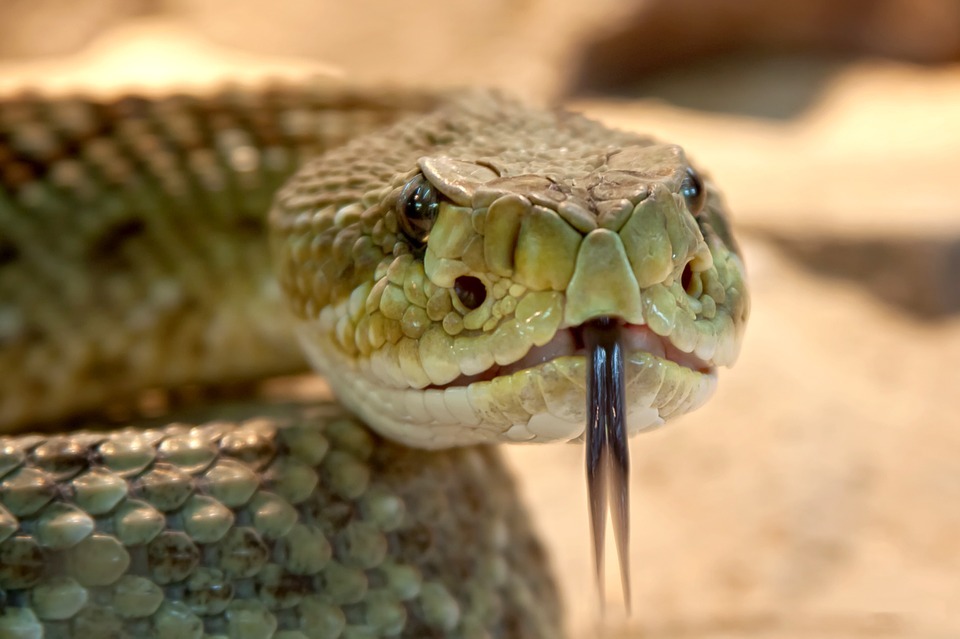In the Australian summer, snakes are out and about. While many people are aware of the dangers posed by these slithering creatures, few know what to do when they encounter one. That’s where SEQ Snake Catchers come in – but what do they do, exactly? In this article, we’ll take a look at the role of snake catchers and provide some tips on how to avoid being bitten by a snake.
What Does a Snake Catcher Do?
Snake catchers are professionals who deal with snakes that have either been found in the wild or removed from homes and businesses. They often work for local councils, parks, and wildlife agencies, but can also be self-employed.
Their duties may vary depending on their employer, but generally, they will catch and relocate snakes, provide advice on snake identification and handling, and offer training on how to avoid being bitten by a snake.
How to Avoid Being Bitten by a Snake
There are several things you can do to reduce your risk of being bitten by a snake. Firstly, be aware of where snakes may be hiding – in long grass, under rocks and logs, and in bushes. If you are out walking or hiking, stay on the beaten path and avoid putting your hands or feet anywhere they might not be able to see.
Things to Do If You Spot A Snake in Your Yard
- If you do come across a snake, don’t try to touch it or move it yourself. Instead, call a snake catcher for assistance. Keep in mind that not all snakes are venomous, but it’s best to err on the side of caution and not take any chances.
- Remember that snakes are often scared of humans and will usually try to avoid confrontation. If you see a snake in the wild, give it plenty of space and leave it alone. It’s important to remember that snakes are an important part of the ecosystem and should not be killed unnecessarily. Stay safe this summer by following these tips!
How to Handle Rattlesnake Encounter
If you are unfortunate enough to encounter a rattlesnake, there are a few things you can do to increase your chances of survival.
- Firstly, try to stay calm and avoid making any sudden movements. If the snake is coiled up, back away slowly until you are a safe distance away. If the snake is uncoiled and heading your way, try to create a barrier between you and the snake (e.g. a tree, a rock, or another large object).
- If the snake is close enough to touch, remain still and wait for it to go away. If it doesn’t move away after a few minutes, then you can slowly back away while keeping an eye on the snake.
- If you are bitten by a rattlesnake, seek medical help immediately. Do not try to suck out the venom or cut the wound – these methods are ineffective and could actually make things worse. Remember, it is always better to be safe than sorry!
How to Safely Remove Snakes from Your Property
If you find a snake on your property, it’s important to take the necessary precautions to ensure your safety.
- Firstly, try to identify the type of snake and whether or not it is venomous. If you are not sure, do not attempt to handle the snake yourself – call a professional for assistance.
- If the snake is not venomous, you can try to remove it yourself. Use a broom or a shovel to gently guide the snake into a bucket or box. If the snake is venomous, do not attempt to remove it – call a professional immediately.
Endnote
If you find a snake on your property, try to relocate it to a safe place away from people and pets to take the help of the snake catchers.

